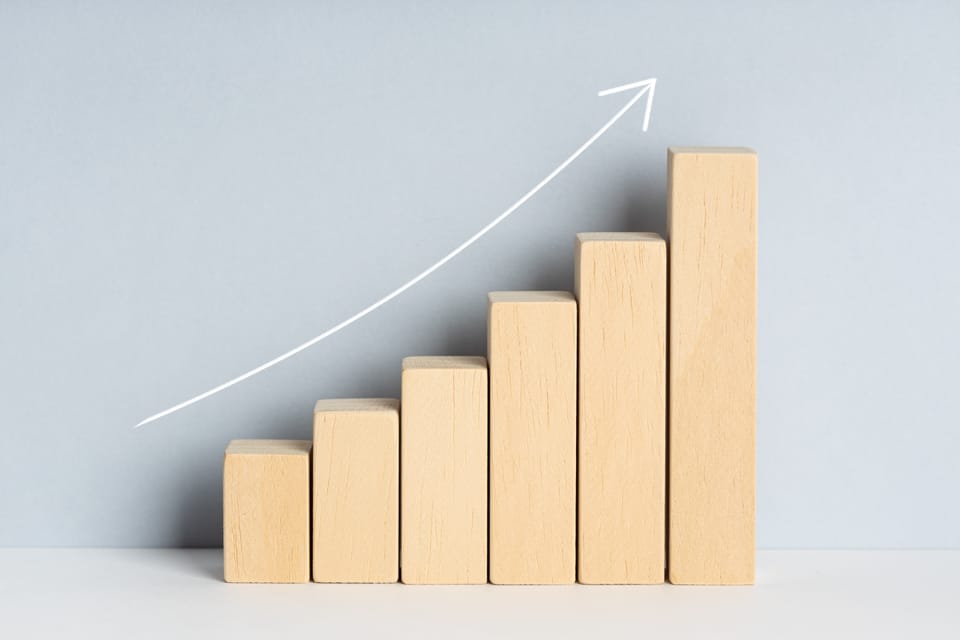Numbers are often king in the complex world of finance, acting as a translator of market movements, investment opportunities, and economic trends. One of these numbers, the compound annual growth rate (CAGR), sticks out as a sign of potential and growth among the others. The process of earning interest on your interest is known as compounding. Compounding can significantly increase the returns on your investments over time.
What is CAGR?
In order to determine the annual growth rate of an investment or business while taking the impact of compounding over time into account, one important financial metric is the compound annual growth rate, or CAGR. Assuming constant growth over the specified period, it displays a smoothed annual growth rate. It gives you a clear picture of how quickly your investments are growing, much like a speedometer.
Why do we need CAGR?
Investors need to know about CAGR because it allows them to compare the performance of different investments over time. Levelling the playing field is achieved by accounting for the compounding effect, which is the phenomenon of earning interest on your interest and leading to exponential growth.
How does CAGR help you?
CAGR tells a story of a consistency in growth or declines.
- It is simpler to compare investments or business performance over time when using the compound annual growth rate (CAGR), which takes volatility into account and displays a normalised growth rate.
- It helps create a more realistic picture of potential outcomes by basing future projections on historical growth patterns.
- CAGR acts as a benchmark for evaluating the performance of various investment options over a specified time period, assisting investors in making well-informed decisions.
- In the corporate world, CAGR aids in determining the trajectory of growth for any important metric—be it profit, customer base, revenue, or any other thus helping companies evaluate their performance.
Method of Calculation of CAGR
- Establish the investment's starting and ending values for the given time frame.
- The ending value has to be divided by the beginning value.
- The result you get is now raised to the power of 1 and then is divided by the number of years of the period that the CAGR is being calculated for.
- 1 has to be subtracted from the value we get.
- Then to get the rate of percentage, we multiply the value we get in Step 4 with 100.
CAGR = (Ending Value / Beginning Value)^(1 / Number of Years) – 1
What does the CAGR calculation result mean?
When the CAGR is calculated by the method stated above, it gives us a number. It now falls on us to decode the meaning of that value and whether it should be worrying us or making us feel happy about it.
- Growth is indicated by a positive CAGR
- Decline is indicated by a negative CAGR
- Growth is accelerated by higher CAGR values
CAGR in the Real World
- Personal Scenario:
Let's say you bought a stock for Rs. 1,000 ten years ago, and it's now worth Rs. 5,000. The investment has grown at an average annual rate of 14.47%, according to the CAGR calculation. This indicates that the value of your investment has doubled every five years on average. That is the mechanism by which compounding works!
- Business Scenario:
Imagine an investor weighing two investment options: Option A, which has an 8% CAGR, and Option B, which has a 6% CAGR. Option A might appear more lucrative at first glance. Even though Option B has a lower CAGR, it might be a more dependable option if it grows steadily and without significant swings.
Conclusion
In the world of finance, the compound annual growth rate is a beacon that helps with decision-making and gives insight into growth patterns. To obtain a complete picture, it is necessary to supplement CAGR analysis with additional metrics and qualitative elements.
Though CAGR is an effective tool, keep in mind that you must interpret it contextually, taking into account both the particulars of the investment or company you are examining and the overall state of the market.
Achieving your financial goals can be revolutionised by utilising the power of CAGR.





